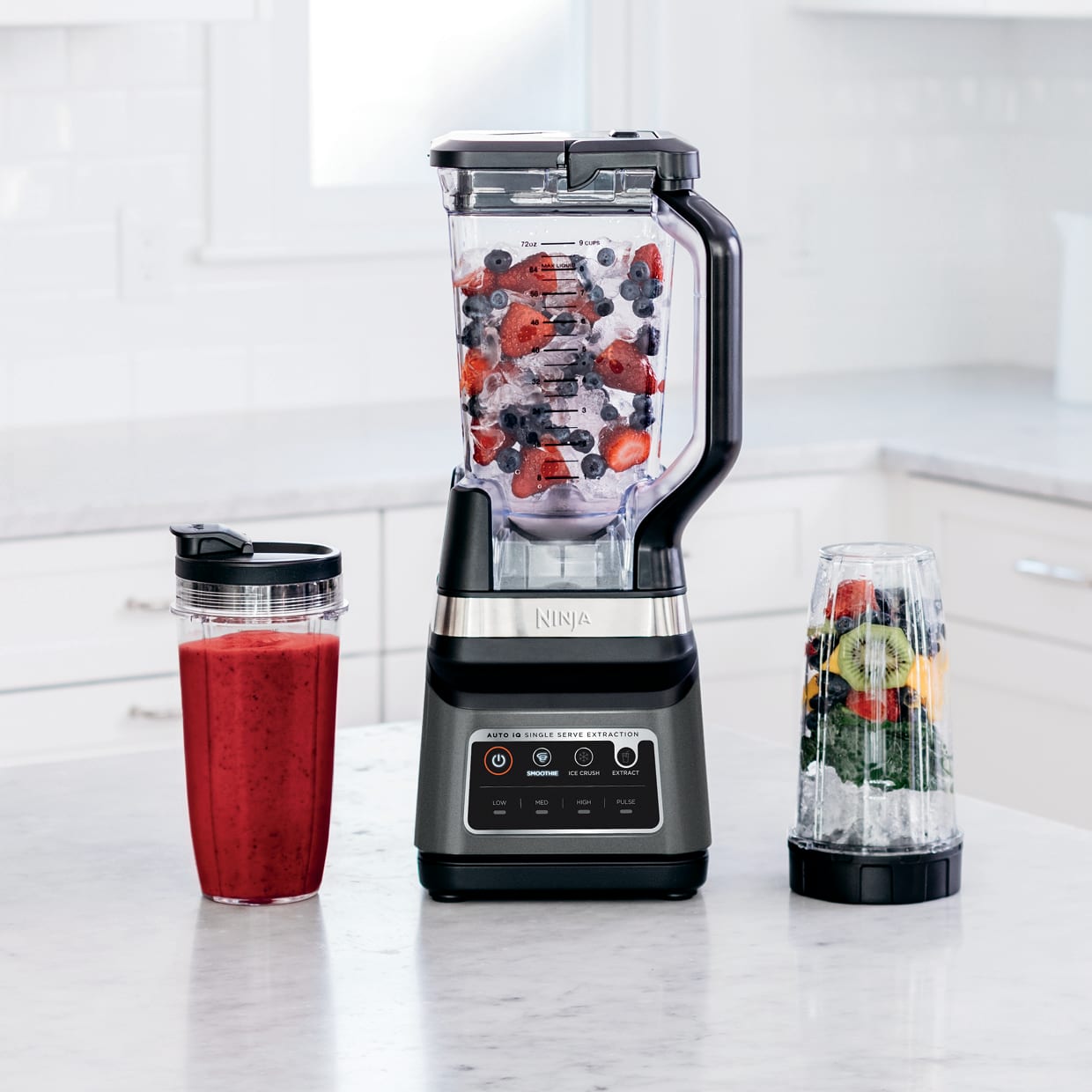

Articles
What To Look For In A Blender
Modified: August 23, 2024
Looking for articles on what to look for in a blender? Find expert tips and advice on choosing the perfect blender for your needs.
(Many of the links in this article redirect to a specific reviewed product. Your purchase of these products through affiliate links helps to generate commission for Storables.com, at no extra cost. Learn more)
Introduction
Blenders have become an essential kitchen appliance for many households. Whether you’re whipping up smoothies, soups, or even homemade nut butter, a blender is a versatile tool that can make your cooking and meal preparation a breeze. However, with so many options available on the market, it can be overwhelming to choose the right blender for your needs. In this article, we will explore the key factors to consider when looking for a blender.
A high-quality blender is defined by its performance, durability, and functionality. It should be able to handle a variety of tasks, from blending frozen fruits to crushing ice and pulverizing tough ingredients. In addition to power, blade design, jar material, capacity, speed settings, safety features, ease of cleaning, noise level, warranty, and price range are all crucial aspects to assess when selecting a blender.
By carefully considering these factors, you can ensure that your blender meets your specific requirements and provides you with excellent performance, durability, and ease of use.
So, let’s dive into the details of what to look for in a blender.
Key Takeaways:
- Choose a blender with a powerful motor, durable blade design, and versatile speed settings to ensure efficient and consistent blending for a wide range of recipes. Consider safety features, ease of cleaning, and noise level for a seamless blending experience.
- When selecting a blender, prioritize jar material, capacity, and warranty coverage based on your specific needs and budget. Look for easy-to-clean features and consider noise level to enhance your blending experience and ensure long-term reliability.
Read more: What Is The Quietest Blender
Powerful Motor
One of the most important factors to consider when choosing a blender is the power of its motor. The motor is responsible for driving the blades and generating the necessary force to blend ingredients effectively. A powerful motor ensures that your blender can handle a wide range of tasks, including crushing ice, pulverizing tough ingredients, and creating smooth and creamy blends.
When evaluating the motor power, look for blenders with motors that range from 500 to 1500 watts. Higher wattage blenders tend to have more efficient motors and can handle tougher tasks with ease. However, keep in mind that higher wattage also means increased energy consumption.
It’s worth noting that the power of the motor alone doesn’t guarantee superior blending performance. The design and quality of the blades, along with other factors, also play a significant role. Nonetheless, a blender with a powerful motor will provide you with the versatility and efficiency to tackle various recipes and achieve the desired consistency.
Whether you’re blending smoothies, making purees, or grinding coffee beans, a blender with a powerful motor will ensure smooth and consistent results every time. Additionally, a powerful motor can also reduce the overall blending time, allowing you to prepare your meals more quickly and efficiently.
When shopping for a blender, be sure to consider the motor power as a crucial factor in determining the blender’s performance and versatility. A powerful motor will provide you with the necessary blending capabilities to take your culinary creations to the next level.
Blade Design
The blade design of a blender is another crucial factor to consider when choosing the right appliance for your kitchen. The blades are responsible for cutting and blending the ingredients, so a well-designed blade system ensures efficient and effective blending.
Blenders typically have either two or four blades. Two-blade designs are more common and work well for general blending tasks. They are suitable for blending soft fruits, making smoothies, and creating basic sauces and dressings. Four-blade designs, on the other hand, provide more cutting power and are better suited for handling tougher ingredients, such as ice and frozen fruits.
Another important aspect of blade design is the material used. Stainless steel blades are the most common and preferred choice due to their durability and resistance to rust and corrosion. Look for blades that are sharp and easily removable for cleaning.
Some blenders also feature specially designed blades, such as those with serrated edges or blades that are angled to create a vortex for more efficient blending. These features can help to ensure that the ingredients are thoroughly blended and reduce the need for manual stirring.
In addition to the blade design, the positioning of the blades within the jar is essential. Look for blender jars that have blades positioned closer to the bottom of the jar to ensure that all ingredients are reached and blended evenly.
When considering blade design, it’s important to think about the types of recipes you’ll be making. If you plan to crush ice, make nut butter, or blend tough ingredients regularly, opting for a blender with a robust blade design is key. On the other hand, if you primarily use your blender for simple blending tasks, a standard blade design will suffice.
Blade design is a critical element in determining the blending performance and versatility of a blender. Consider the type and material of the blades, as well as their positioning within the jar, to ensure that your blender can handle your desired recipes effectively and efficiently.
Jar Material
The jar material of a blender plays an important role in both its durability and functionality. There are several options available when it comes to blender jar materials, each with its own advantages and considerations.
Glass jars are a popular choice due to their durability, transparency, and resistance to odor and stains. Glass jars are also easy to clean and are not susceptible to scratches from cleaning tools. Additionally, glass jars are generally considered to be safer for blending hot ingredients or liquids as they are not affected by heat and do not release any harmful chemicals.
Another common option is plastic jars. Plastic jars are lightweight and less prone to breakage compared to glass jars, making them a suitable choice for those concerned about accidents in the kitchen. Plastic jars are often made from BPA-free materials, ensuring that no harmful chemicals leach into your food. However, plastic jars may absorb odors or stains over time and can become scratched if cleaned with abrasive materials.
Some blenders also offer high-quality, durable, and lightweight jar materials such as Tritan. Tritan is a BPA-free, shatterproof material that combines the best qualities of glass and plastic. It is highly resistant to impacts, stains, and odors, making it an excellent choice for long-lasting performance and ease of maintenance.
When selecting a blender, consider the type of recipes you will be preparing and the potential risks associated with different jar materials. Glass jars are ideal for those who prioritize durability and prefer a premium feel, while plastic jars may be a better choice if safety and lightweight convenience are important factors for you.
Ultimately, the jar material should be chosen based on your personal preferences, cooking habits, and budget. No matter which material you choose, make sure it is resistant to impacts, easy to clean, and able to withstand the types of ingredients and temperatures you will be blending.
Capacity
The capacity of a blender is a crucial consideration, as it determines the amount of ingredients you can blend in a single batch. Blender capacities can vary, ranging from small personal-sized blenders to larger, high-capacity models.
Personal blenders typically have a capacity of around 16 to 24 ounces, making them ideal for preparing single servings or small portions. These compact blenders are convenient if you’re primarily making smoothies or shakes for yourself and want a portable blender that can easily be taken on the go.
For larger households or those who frequently entertain guests, a blender with a larger capacity may be more suitable. Countertop blenders often have capacities ranging from 32 to 64 ounces, allowing you to blend larger quantities of soups, sauces, or smoothies at once.
The capacity you choose should align with your typical usage and the number of people you’ll be serving. If you have a larger family or frequently host gatherings, opting for a blender with a higher capacity will save you time and effort by reducing the need for multiple blending batches.
It’s worth noting that while larger capacity blenders offer more versatility, they may require more storage space in your kitchen. Consider your kitchen’s available storage and counter space before deciding on a blender size.
Additionally, pay attention to the jar design and shape, as this can impact the effective capacity of the blender. Some blender jars have wider bases and narrower tops, which can make it easier to blend thick mixtures and reduce the risk of ingredients getting stuck at the bottom.
In summary, assessing your needs based on portion sizes and the number of servings you typically make will help determine the most suitable blender capacity for you. Whether you choose a personal-sized blender or a larger countertop model, selecting the right capacity will ensure that you can efficiently meet your blending requirements.
Read more: What To Use A Blender For
Speed Settings
The speed settings of a blender are an important feature to consider when selecting the right appliance for your kitchen. Different recipes and ingredients require varying levels of blending intensity, so having multiple speed options allows you to achieve the desired texture and consistency.
Most blenders offer multiple speed settings, typically ranging from low to high. The number of speed settings may vary, with some blenders offering up to 10 or more options. Having a range of speeds allows you to precisely control the blending process and adjust it to suit your specific needs.
A low-speed setting is perfect for tasks that require gentle blending, such as making purees, mixing batters, or blending delicate ingredients. On the other hand, a high-speed setting is ideal for tasks that require more power, such as crushing ice or breaking down tough ingredients.
Having the flexibility to adjust the speed settings allows you to have better control over the blending process. This is especially valuable when working with ingredients that have different textures or densities. For example, you may want to start blending at a low speed to ensure that the ingredients are evenly distributed and then gradually increase the speed to achieve a smooth and creamy consistency.
Some blenders also offer pre-programmed settings for specific tasks, such as smoothies, ice crushing, or soup blending. These settings take the guesswork out of achieving optimal results for specific recipes and can save you time and effort.
When selecting a blender, consider the versatility and range of speed settings it offers. A blender with multiple speed options will provide you with the flexibility to tackle a wide range of recipes and achieve the desired results.
Having control over the blending speed ensures that you can customize your blending experience and achieve the perfect texture and consistency for various recipes. Whether you’re blending soups, making smoothies, or creating sauces, having multiple speed settings will help you achieve professional-level results right in your own kitchen.
Pulse Function
The pulse function is a valuable feature found in many blenders that provides a burst of power at the touch of a button. This function allows you to have more control over the blending process and achieve desired results, especially when dealing with ingredients that require short bursts of blending or precise chopping.
When you activate the pulse function, the blender will quickly alternate between running at high speed and stopping. This rapid on-off cycle gives you the ability to control the blending time and consistency, preventing over-blending or unevenly processed ingredients.
The pulse function is particularly useful for tasks such as making salsas, chopping vegetables, or crushing ice. It allows you to achieve a coarse texture and retain more control over the final outcome. With the pulse function, you can precisely control how finely or coarsely the ingredients are blended, resulting in more consistent and desirable results.
In addition to achieving the desired consistency, the pulse function can also prevent overheating of the blender motor, especially when dealing with heavy-duty tasks like crushing ice or blending thick mixtures. By pulsing the ingredients, you give the motor a chance to rest and cool down during the brief off-cycle intervals.
Furthermore, the pulse function is useful for incorporating ingredients that require minimal blending or for creating layered textures in drinks or recipes. It allows you to gently mix in ingredients like nuts, chocolate chips, or fruit chunks without completely breaking them down.
When choosing a blender, consider the availability and functionality of the pulse function. Having this feature gives you greater control and precision in your blending tasks, making it easier to achieve the desired results and elevating your culinary creations.
The pulse function is a versatile tool that enhances the blending experience by providing bursts of power and control. Whether you’re looking to create a chunky salsa or lightly mix in ingredients, the pulse function ensures that you have the perfect balance of texture and consistency in your blended creations.
When looking for a blender, consider the power of the motor, the capacity of the pitcher, and the types of blades. A powerful motor and durable blades are essential for blending tough ingredients.
Safety Features
Safety is a paramount concern when it comes to selecting a blender for your kitchen. Blenders with built-in safety features can help prevent accidents and ensure a worry-free blending experience. Here are some common safety features to look for:
1. Overload Protection: This feature automatically shuts off the blender if it detects excessive load or strain on the motor. It prevents the motor from overheating or getting damaged, providing added durability and peace of mind during heavy blending tasks.
2. Secure Lid: A blender with a secure and tight-fitting lid is essential to prevent any accidental spills or splatters during blending. Look for blenders with locking mechanisms or suction cups on the lid to ensure that it stays in place, even when blending at high speeds.
3. Interlock System: This safety feature prevents the blender from operating unless the jar is properly attached to the base. It ensures that the blades will not start spinning accidentally, reducing the risk of injury during handling or cleaning.
4. Non-Slip Base: A blender with a non-slip base provides stability and reduces the chances of the blender shifting or sliding during operation. This feature prevents accidents and ensures that the blender stays securely in place on your countertop.
5. Cord Storage: Built-in cord storage keeps the power cord neatly organized and out of the way. This prevents tripping hazards and keeps the countertop clutter-free, promoting a safe and efficient kitchen environment.
6. Heat-Resistant Materials: Blenders with heat-resistant materials, such as BPA-free plastic or tempered glass, are designed to withstand high temperatures. This is particularly important when blending hot liquids or ingredients, as it prevents the risk of the blender jar shattering or releasing harmful chemicals.
Remember, safety should always be a priority when using kitchen appliances. By choosing a blender that incorporates these safety features, you can ensure a more secure and worry-free blending experience for you and your family.
When shopping for a blender, take the time to review the safety features provided by different models. Investing in a blender with robust safety features not only protects you from accidents but also extends the lifespan of the appliance. With these safety features in place, you can blend with confidence and peace of mind.
Easy to Clean
When it comes to kitchen appliances, including blenders, ease of cleaning is an important factor to consider. A blender that is easy to clean saves you time and effort, and encourages you to use it more frequently without the hassle of a lengthy cleanup process.
Here are some features to look for in a blender that is easy to clean:
1. Removable Blade Assembly: Blenders that have removable blade assemblies make the cleaning process much simpler. Being able to detach the blades from the blender jar allows you to thoroughly clean every nook and cranny, ensuring that no residue or food particles are left behind.
2. Dishwasher-Safe Parts: Check if the blender or its parts are dishwasher-safe. This makes cleaning even more convenient, as you can simply place the jar, lid, and any removable components in the dishwasher for a thorough cleaning. Just be sure to check the manufacturer’s instructions to ensure that the parts are indeed safe to be cleaned in a dishwasher.
3. Smooth and Seamless Controls: Blenders with smooth and seamless controls are easier to clean as there are no crevices or hard-to-reach areas where food or liquids can accumulate. Look for blenders with touchpad or flush buttons that can be easily wiped clean with a damp cloth.
4. Stain-Resistant Materials: Blenders with stain-resistant materials, such as glass or certain types of plastic, are less likely to develop stubborn stains and odors. These materials can be easily wiped clean or washed without leaving any residue or discoloration behind.
5. Wide Jar Opening: Blenders with wide jar openings are easier to clean as you have more access to the interior. This allows you to reach inside with a sponge or brush to remove any leftover food or residue, ensuring a thorough cleaning process.
6. Presets or Self-Cleaning Settings: Some blenders come with preset cleaning modes or self-cleaning settings that make the cleaning process even more effortless. These modes typically involve adding water and a small amount of dish soap to the blender jar, then running the blender for a short period to remove any residue or build-up.
By choosing a blender with these easy-to-clean features, you can enjoy the convenience of quick and hassle-free cleaning, encouraging you to use your blender more frequently and explore a variety of recipes.
Keep in mind that even with these features, it’s still important to follow the manufacturer’s instructions for cleaning and maintenance. Regularly cleaning your blender after each use will not only keep it in top condition but also ensure that your blended creations maintain their freshness and taste.
Read more: What Is Blender Bottle
Noise Level
When selecting a blender, it’s important to consider the noise level. Blenders can produce varying levels of noise during operation, and this can be a significant factor to take into account, especially if you live in a small space or have sensitive family members or neighbors.
The noise level of a blender is measured in decibels (dB). As a general guideline, blenders with noise output ranging from 60 to 80 dB are considered relatively quiet, while those above 80 dB are considered louder.
Blenders with higher horsepower or wattage tend to generate more noise due to the increased power and speed of their motors. Additionally, blenders with metal or hard plastic jars may amplify the noise compared to those with softer or insulated jars.
If noise is a concern for you, there are a few options to consider:
1. Noise Shielding or Insulation: Some blenders feature noise shielding or insulation materials that help reduce the noise produced during blending. These features help contain the noise within the blender and minimize the sound that reaches your ears.
2. Blender Enclosure: Investing in a blender enclosure or sound barrier can significantly reduce the noise level during blending. These enclosures are designed to fit over the blender and help contain the noise, providing a quieter blending experience. However, it’s important to ensure that the enclosure does not interfere with the ventilation or overall performance of the blender.
3. Choose Lower Speed Settings: Running the blender at lower speeds can help reduce the noise level compared to blending at maximum speed. By choosing the appropriate speed setting for your recipe, you can achieve the desired results while minimizing the noise produced.
4. Blend in a Soundproofed Area: If possible, consider blending in a soundproofed area, such as a closed kitchen pantry or a separate room with sound-absorbing materials. This helps minimize the noise that reaches other parts of your living space.
It’s important to note that noise preference is subjective, and what may be considered noisy to one person may be tolerable to another. Assess your specific needs and tolerance for noise when choosing a blender, and consider the noise reduction options available to achieve the desired balance between performance and noise level.
Reading customer reviews and checking manufacturer specifications can provide valuable insights into the noise level of different blender models. By purchasing a blender with a noise level that suits your preferences, you can blend your favorite recipes without disturbing your household or neighbors.
Warranty
A warranty is a vital consideration when purchasing a blender as it provides you with peace of mind and protection against any defects or malfunctions. A warranty is a guarantee from the manufacturer that they will repair or replace your blender within a specified period if it experiences any issues due to manufacturing defects or faulty parts.
The duration and coverage of warranties can vary between different blender brands and models. It’s important to carefully review the warranty terms and conditions to understand what is covered and for how long.
A standard warranty for blenders typically ranges from 1 to 5 years. Some higher-end or professional-grade blenders may even come with longer warranty periods, providing added confidence in the durability and quality of the product.
When assessing the warranty, consider the following factors:
1. Coverage: Evaluate what the warranty covers. Does it cover all parts of the blender, including the motor and blade assembly, or does it have certain exceptions? Ensure that the warranty covers potential issues that are likely to arise during normal use.
2. Repair or Replacement: Understand whether the warranty offers repair services or a complete replacement of the blender. Some warranties may require you to send the blender back to the manufacturer or authorized service center for repairs, while others may provide a new replacement unit.
3. Exclusions and Limitations: Familiarize yourself with any exclusions or limitations mentioned in the warranty. This includes damage caused by misuse, improper maintenance, or accidents. Additionally, check if there are any limitations on the number of repairs or replacements allowed during the warranty period.
4. Customer Support: Research the reputation of the manufacturer’s customer support to ensure you will receive prompt and efficient assistance if you need to utilize the warranty. Look for brands with a track record of excellent customer service and positive reviews regarding warranty claims.
Having a warranty offers you protection against unexpected issues with your blender. It demonstrates the manufacturer’s confidence in their product and provides you with support if any problems arise.
Before making a purchase, carefully read the warranty information provided by the manufacturer. This will give you a clear understanding of what is covered and the steps you need to take in the event of a warranty claim.
In summary, a warranty is an important aspect to consider when purchasing a blender. A longer warranty period and comprehensive coverage can give you added confidence in the durability and reliability of your blender, ensuring that you can enjoy your blending experience for years to come.
Price Range
Price is a significant factor to consider when choosing a blender. The price range for blenders can vary greatly depending on factors such as brand reputation, build quality, motor power, additional features, and overall functionality.
Blenders are available in a wide range of price points, from budget-friendly options to high-end professional-grade models. Understanding the price range and what you can expect within each range will help you make an informed decision based on your budget and specific needs.
Entry-level blenders, typically priced under $50, are suited for basic blending tasks. These blenders often have lower motor power, limited speed settings, and simpler design. While they may not have all the bells and whistles of more expensive models, they can still handle common blending tasks like making smoothies or pureeing soups.
Mid-range blenders, priced between $50 and $150, offer more power and versatility. These blenders usually have higher motor wattage, multiple speed settings, and additional features like preset blending programs or pulse function. They can handle a wider variety of tasks, including crushing ice, blending fibrous fruits and vegetables, and preparing thick mixtures.
High-end blenders, priced above $150, are often considered premium appliances for serious home cooks and health enthusiasts. These blenders offer powerful motors, advanced blade systems, variable speed options, and robust construction. They can handle heavy-duty blending tasks like grinding nuts, making nut butters, and creating smooth, silky textures with ease. Additionally, high-end blenders may come with longer warranties and more durable materials.
Keep in mind that while price is an essential factor, it should be considered alongside other key features and considerations, such as motor power, jar material, versatility, and warranty. Determining your budget and prioritizing the features that are most important to you will help narrow down the options within your price range.
It’s also worth noting that investing in a higher-priced blender can often translate to improved performance, durability, and longevity. If you plan to use your blender frequently or have specific blending needs, a higher-end model may be a worthwhile investment in the long run.
Ultimately, the price range you choose will depend on your budget and the level of performance and features you desire. Assess your blending needs, consider the available options within your price range, and choose a blender that offers the best balance of functionality, quality, and value for your specific requirements.
Conclusion
Choosing the right blender for your needs requires careful consideration of several key factors. From a powerful motor and blade design to the jar material, capacity, speed settings, safety features, and ease of cleaning, each aspect plays a vital role in determining the blender’s performance and suitability for your kitchen.
A blender with a powerful motor ensures that you can tackle a wide range of blending tasks, from crushing ice to creating smooth and creamy blends. The blade design, whether it’s a two-blade or four-blade system, and the material of the blades themselves impact the blending efficiency and consistency.
The jar material, whether it’s glass, plastic, or a durable alternative like Tritan, affects the blender’s durability, ease of cleaning, and safety when blending hot liquids.
Capacity is another critical consideration, as it determines the volume of ingredients you can blend in a single batch, catering to both individual serving sizes and larger quantities for families or entertaining guests.
Having multiple speed settings and a pulse function gives you greater control over the blending process, allowing you to achieve the desired texture and consistency for various recipes. Safety features such as overload protection, secure lids, and non-slip bases ensure a safe and worry-free blending experience.
A blender that is easy to clean saves you time and effort in the kitchen. Features like removable blade assemblies, dishwasher-safe parts, and stain-resistant materials contribute to a hassle-free cleaning process.
Noise level is an important factor to consider, especially if you have a small living space or noise-sensitive individuals. Opting for a blender with noise reduction features or blending in a soundproofed area can help minimize noise disturbance.
Lastly, the warranty and price range are crucial considerations. A warranty provides you with peace of mind and protection against defects, while the price range should align with your budget and the features you deem most important.
By carefully evaluating these factors, you can select a blender that meets your specific needs and preferences, enhancing your culinary endeavors and simplifying your meal preparation process.
Remember, the perfect blender for you is the one that seamlessly integrates into your kitchen routine, performs admirably in a variety of tasks, and offers long-term reliability. So take your time, compare options, read reviews, and choose a blender that will become your trusted culinary companion for years to come.
Frequently Asked Questions about What To Look For In A Blender
Was this page helpful?
At Storables.com, we guarantee accurate and reliable information. Our content, validated by Expert Board Contributors, is crafted following stringent Editorial Policies. We're committed to providing you with well-researched, expert-backed insights for all your informational needs.
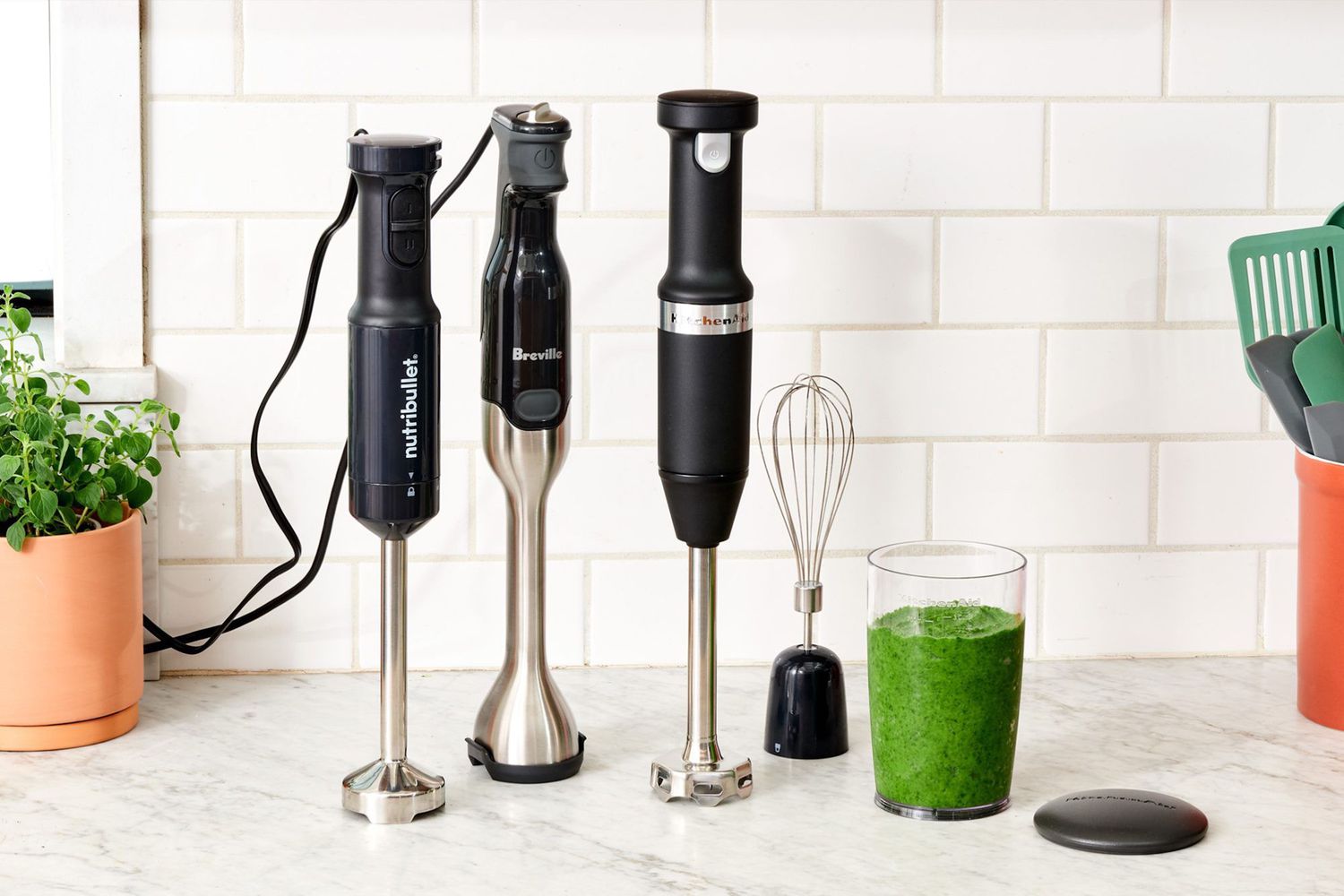
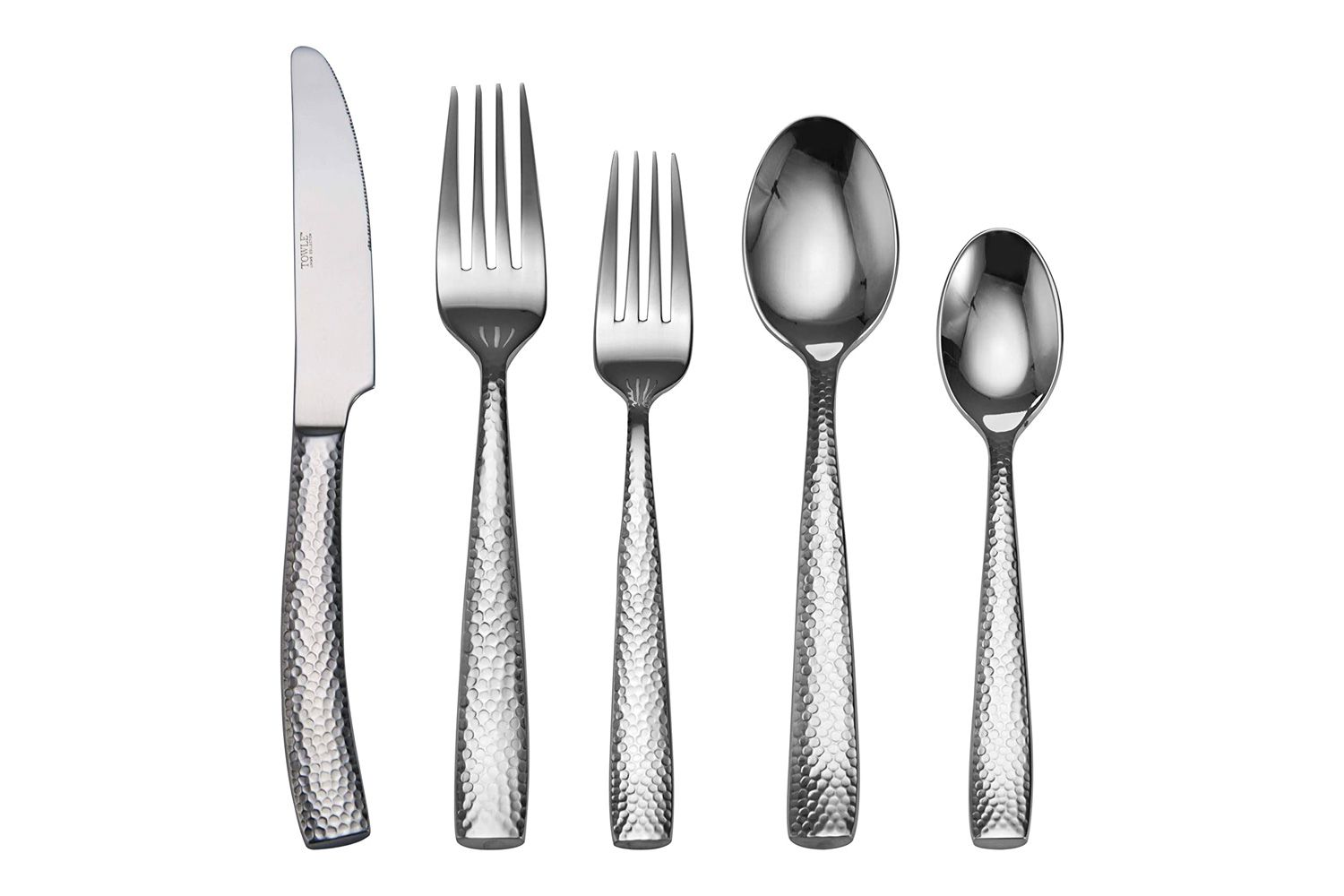

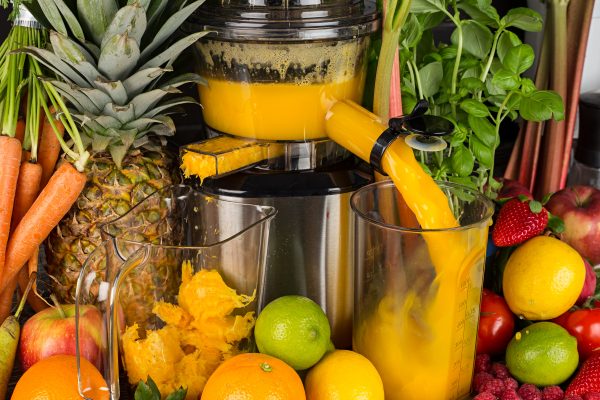

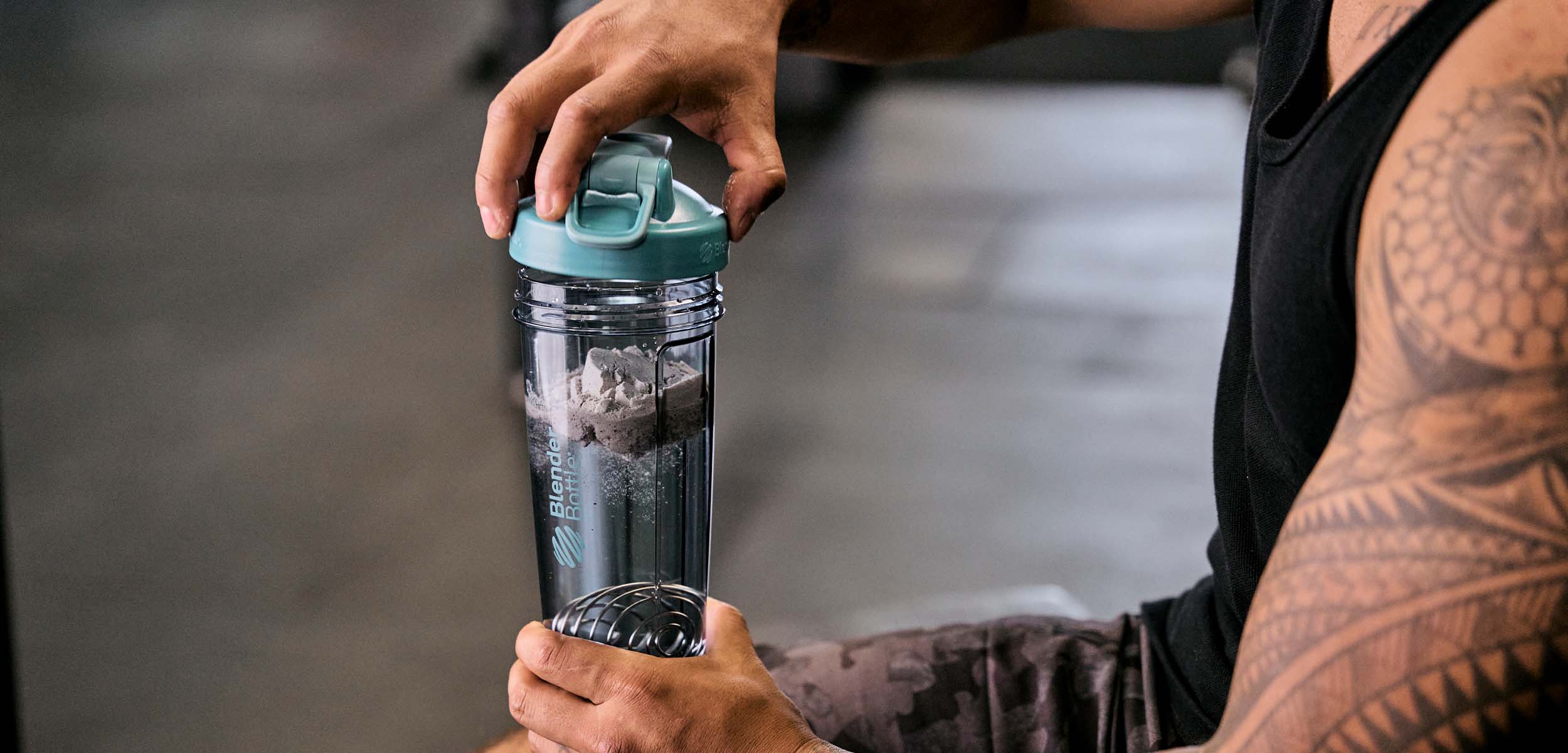
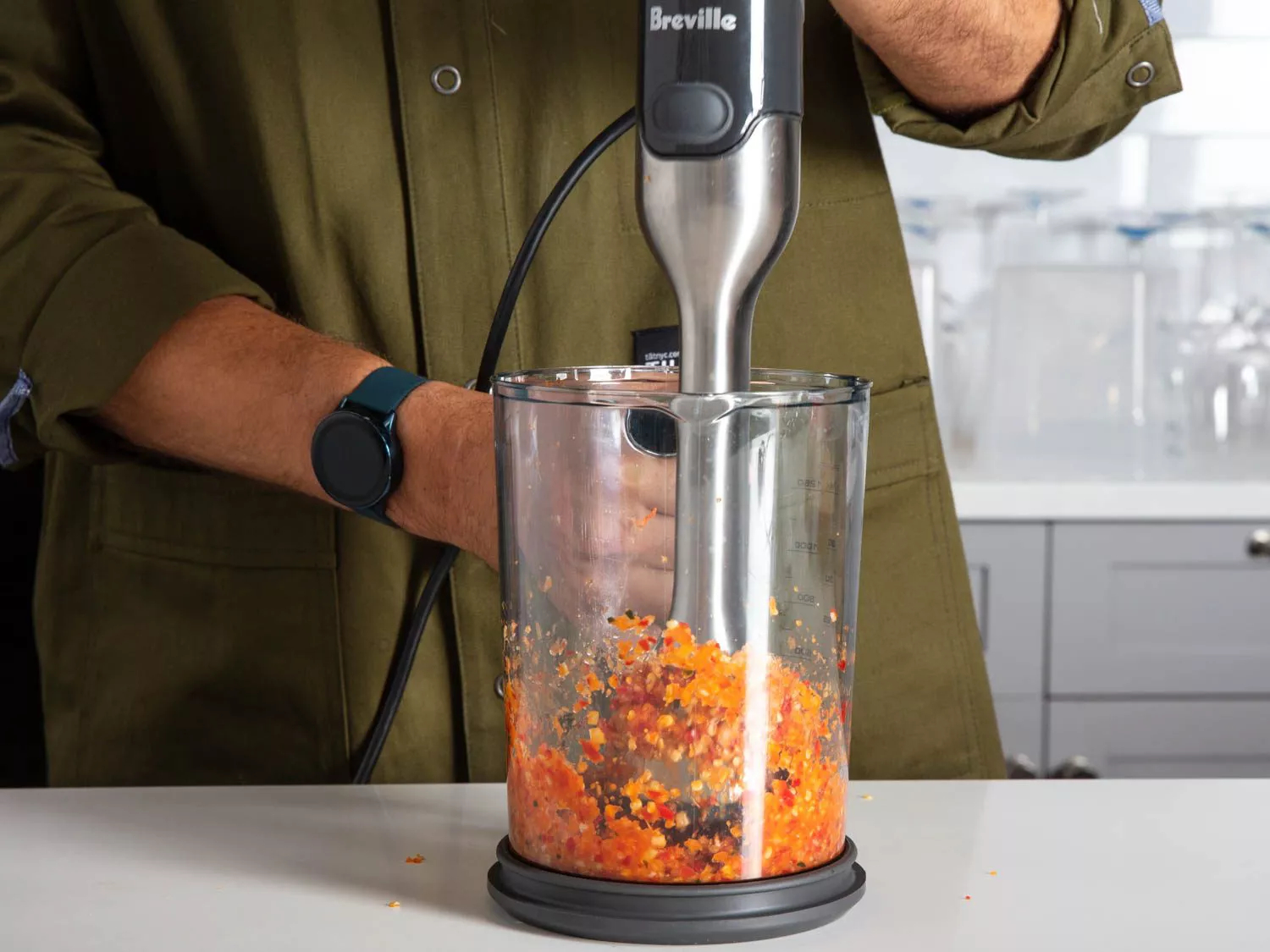
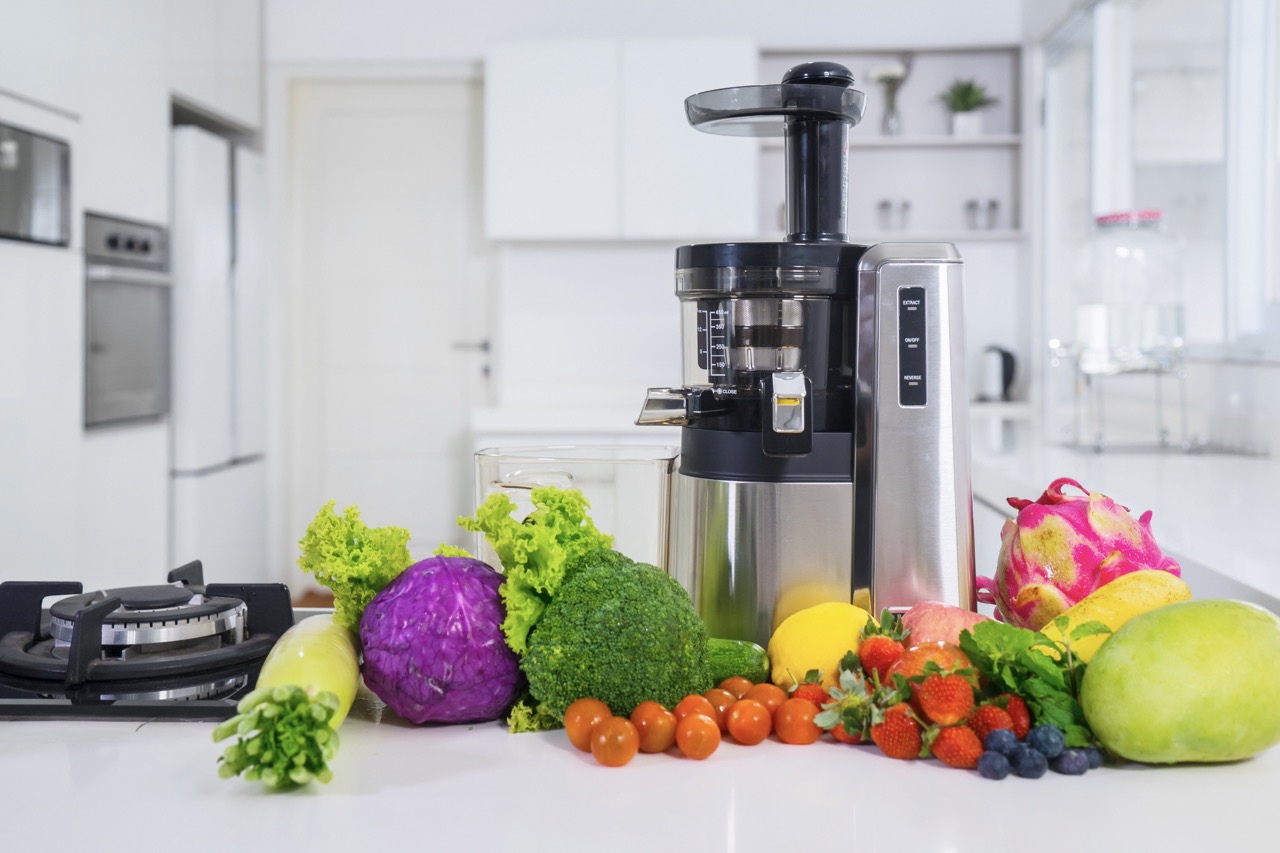
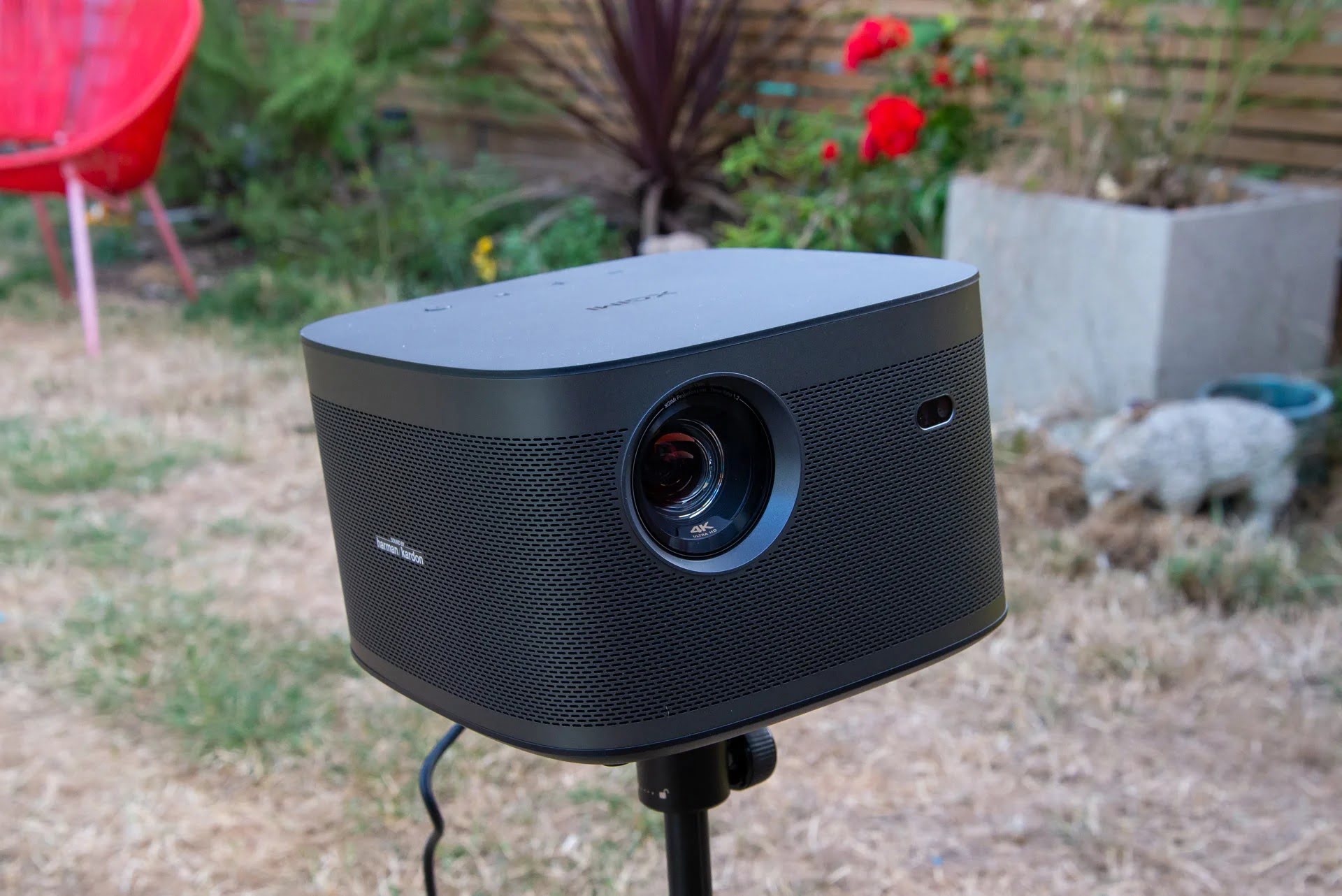

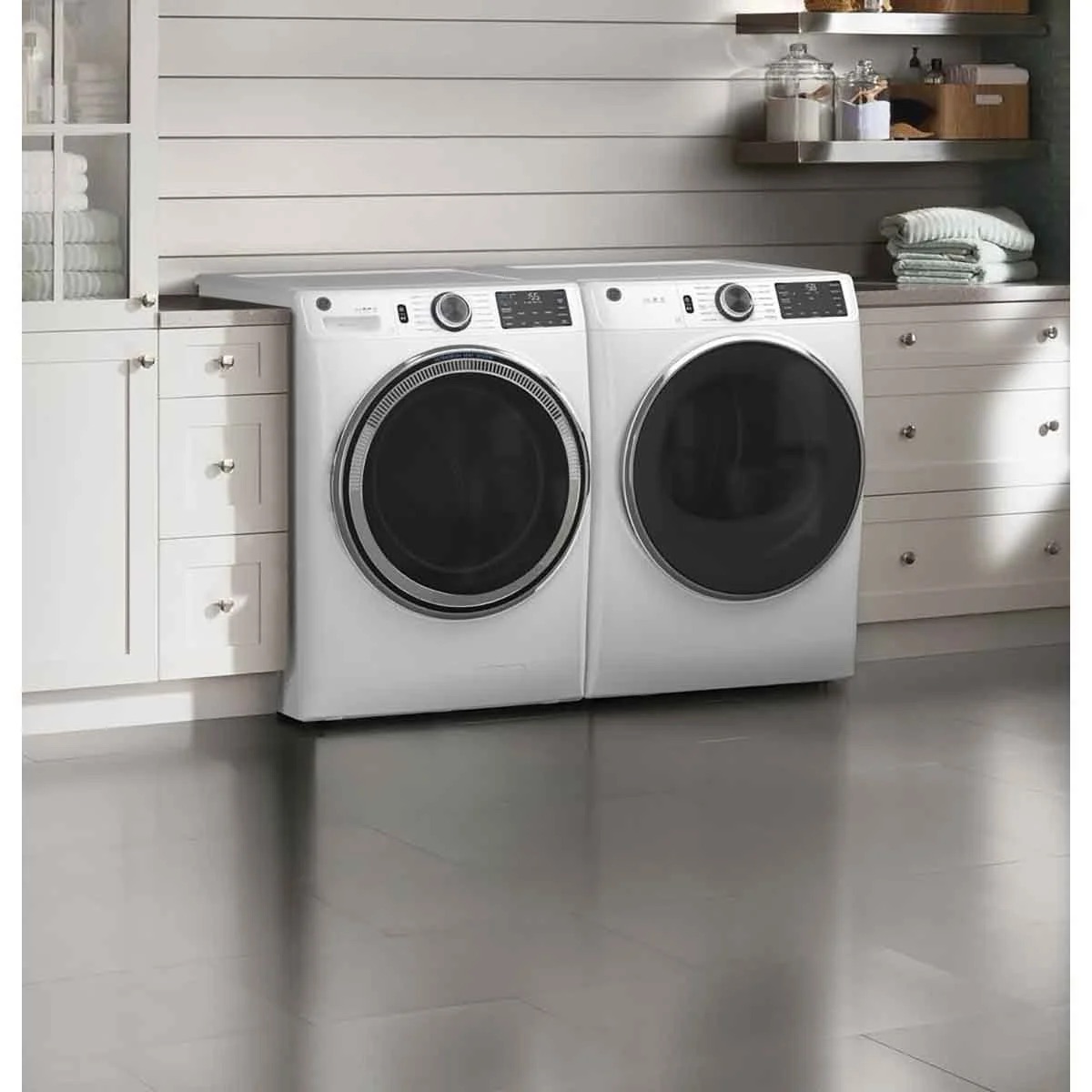
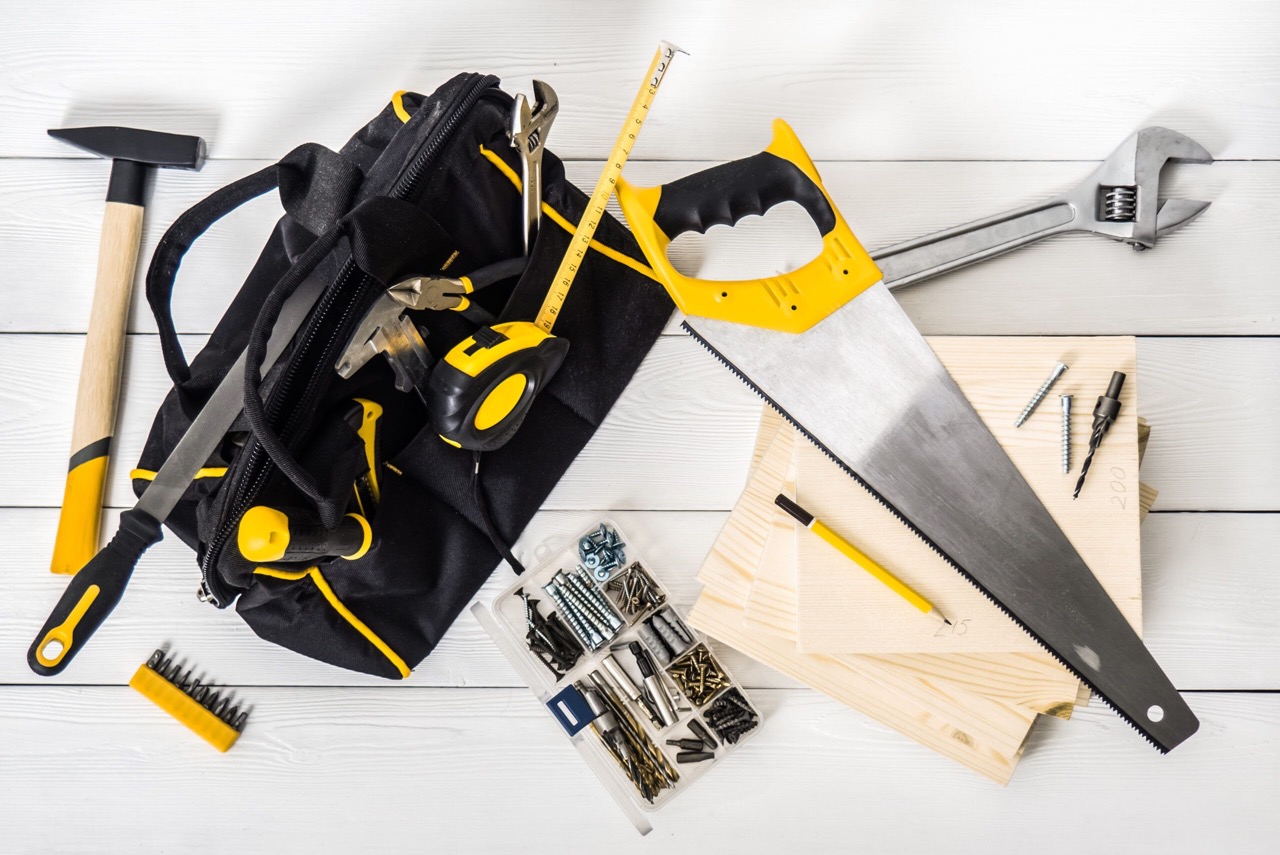
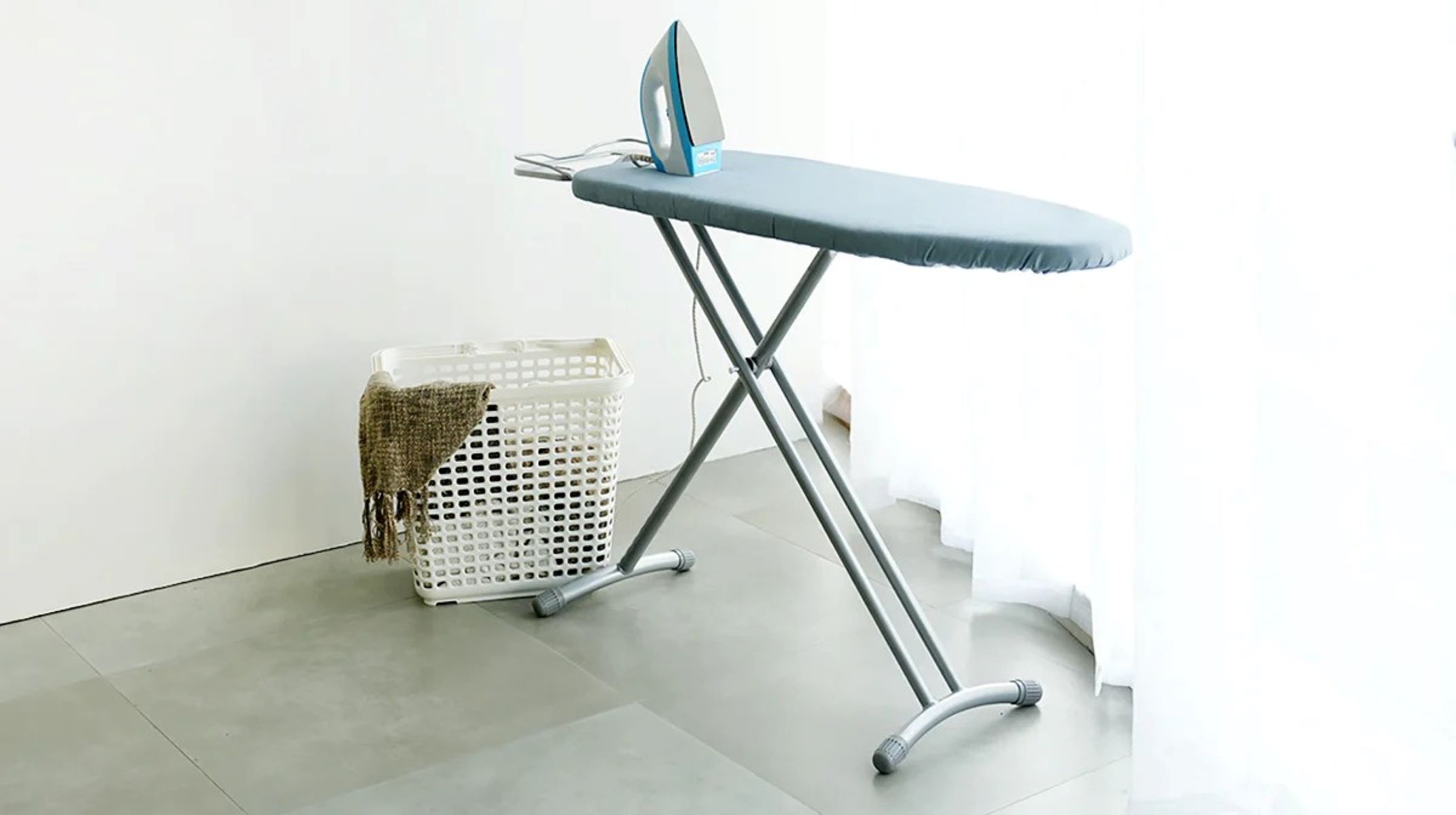

0 thoughts on “What To Look For In A Blender”